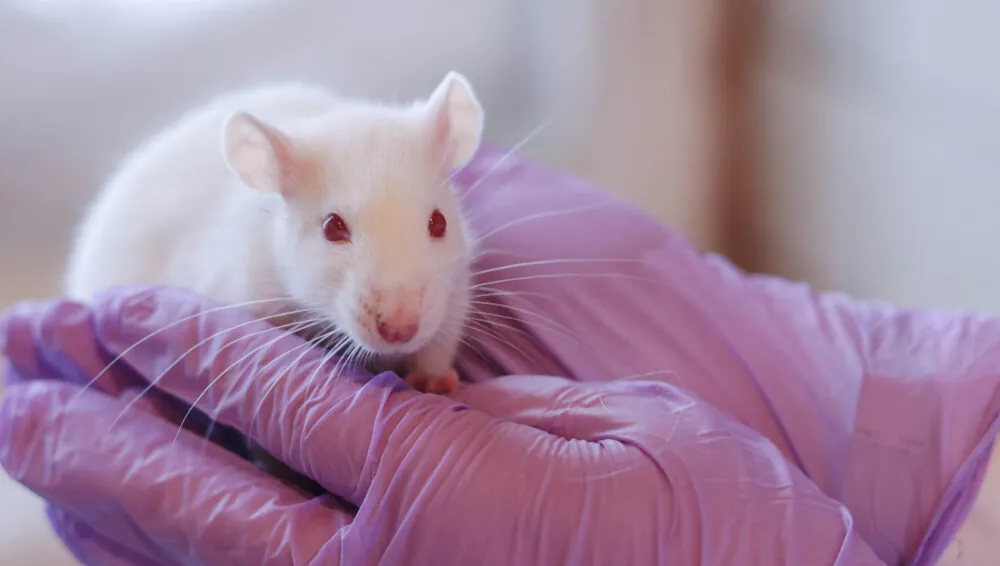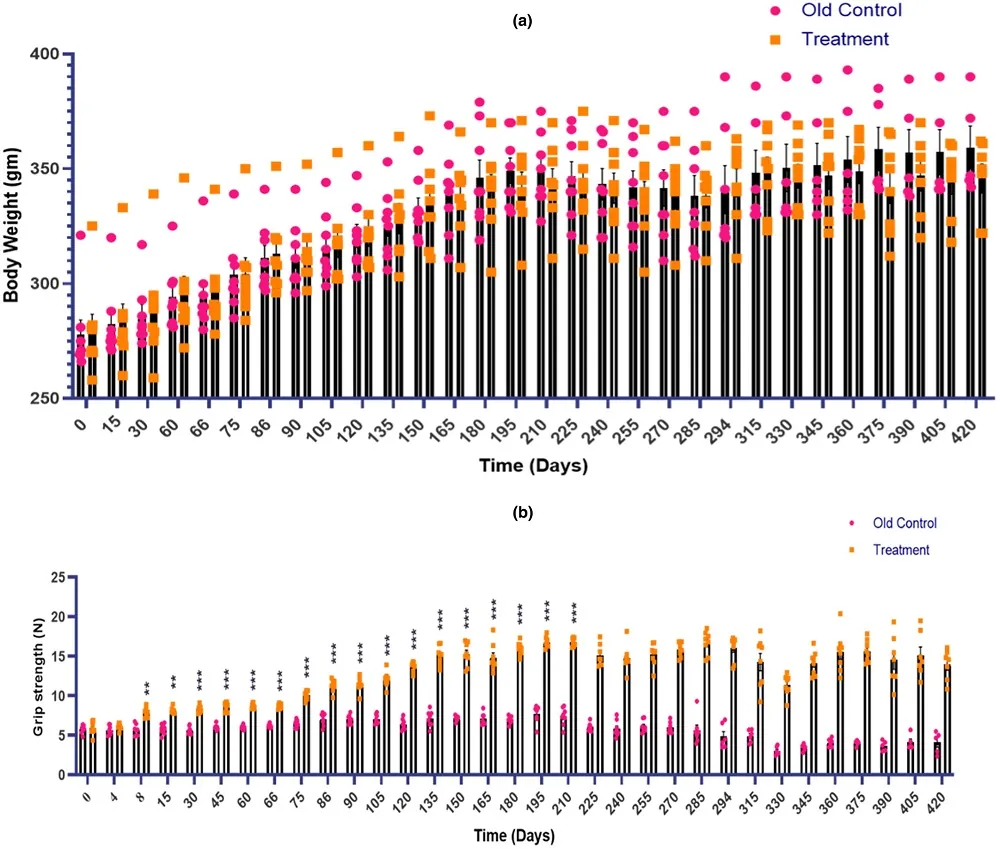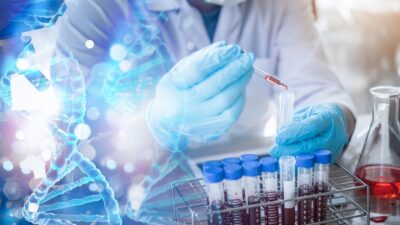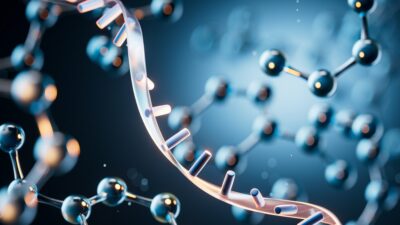Exosomes Break Rat Lifespan Record
- These particular exosomes had multiple fundamental effects.

In Aging Cell, researchers have published their findings that exosomes, which we have previously reported to extend the lives of mice, also extend the lives of rats.
Known to be effective
Exosomes, a subset of extracellular vesicles (EVs), can be visualized as messages and packages that cells send to one another. Along with lifespan studies, EVs have been investigated for their ability to treat liver fibrosis, and they have been identified as potential biomarkers of disease [1].
Working with the well-known Steve Horvath, this group had previously found that E5, a specific exosome derived from pigs, reverses biomarkers of aging in rats [2]. This study logically builds upon that one, determining whether or not it actually improves lifespan in these animals.
Strength and biomarkers improved
In this experiment, female Sprague-Dawley rats were monitored at semi-regular intervals from 24 months of age and regularly for 420 days afterwards. E5 was administered to the treatment group five times during this study: at its beginning and at days 68, 181, 280, and 377.
While there were only sixteen rats total in this experiment, with eight in each group, there was a very stark and significant difference in grip strength. E5 doubled to tripled the strength of the treatment group by day 150, and this increase in strength was substantially greater than the untreated group even until the experiment’s end. This was in spite of no significant change to the rats’ weight.

Creatinine was also unchanged, although blood urea nitrogen, a biomarker of kidney dysfunction, was lower in the treatment group. GSH and SOD, which protect against oxidative stress, were increased in the treatment group. The inflammatory factors TNF-α and IL-6 were decreased in the treatment group, although this difference was only statistically significant for different days in the middle of the study. The senescence marker p53 along with NF-κB, a compound associated with age-related diseases, was also decreased.
Dramatic lifespan improvements
In the control group, the oldest rat lived to 39 and a half months, with half of the control group dying before 38 months. In the treatment group, on the other hand, the earliest rat to die died at 38 months, with half of them living past 40 months. One of the treated rats lived for slightly over four full years, marking a world record for the female Sprague-Dawley rat.
The researchers offer several potential explanations for this result, many of which act in tandem. They point to the multiple affected age-related biomarkers, including the increase in antioxidants and the decrease in inflammation and NF-κB. They also hypothesize that the decrease in p53 represents a delay in age-related epigenetic alterations.
However, without further study, it is unclear exactly how E5 caused this particular rat to break a lifespan record. Much more investigation will need to be done to determine how these biological mechanisms were affected and if exosomes can lengthen the lives of human beings.
Literature
[1] Jakubec, M., Maple-Grødem, J., Akbari, S., Nesse, S., Halskau, Ø., & Mork-Jansson, A. E. (2020). Plasma-derived exosome-like vesicles are enriched in lyso-phospholipids and pass the blood-brain barrier. Plos one, 15(9), e0232442.
[2] Horvath, S., Singh, K., Raj, K., Khairnar, S. I., Sanghavi, A., Shrivastava, A., … & Katcher, H. L. (2024). Reversal of biological age in multiple rat organs by young porcine plasma fraction. GeroScience, 46(1), 367-394.







